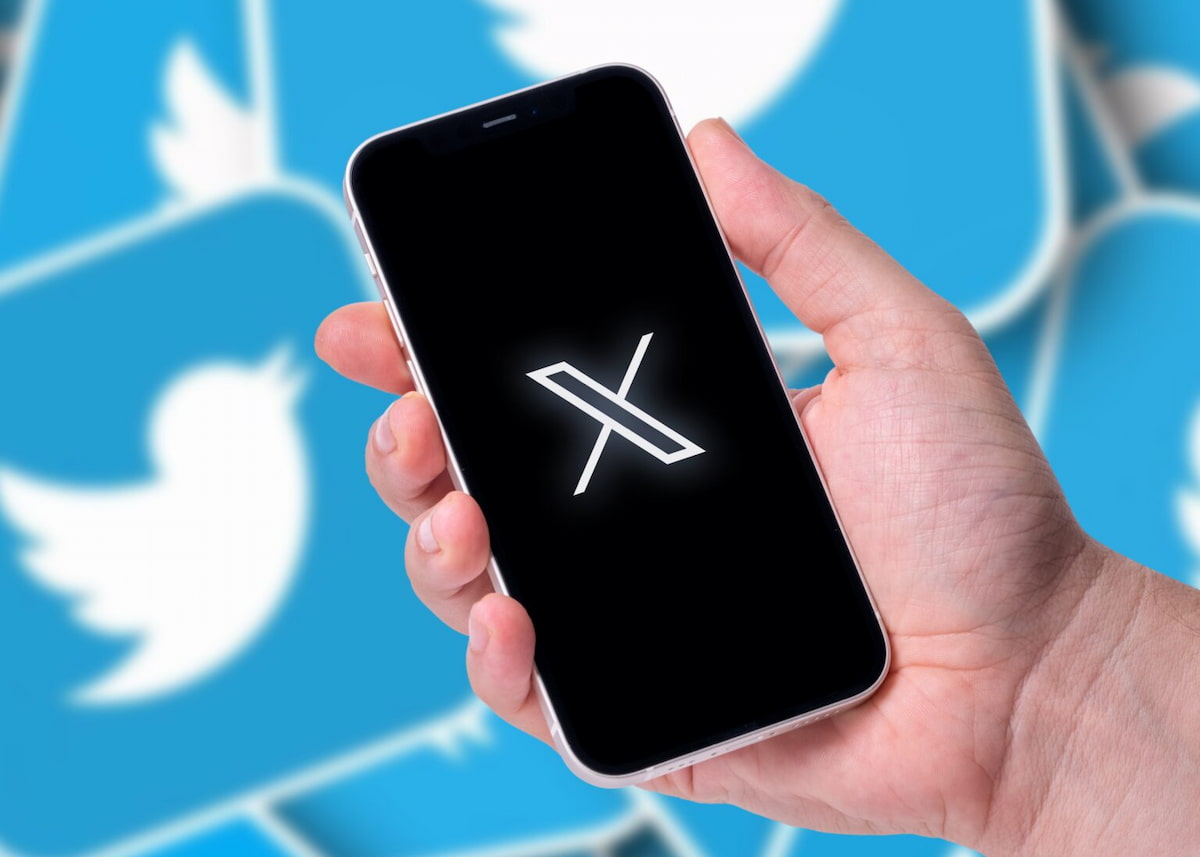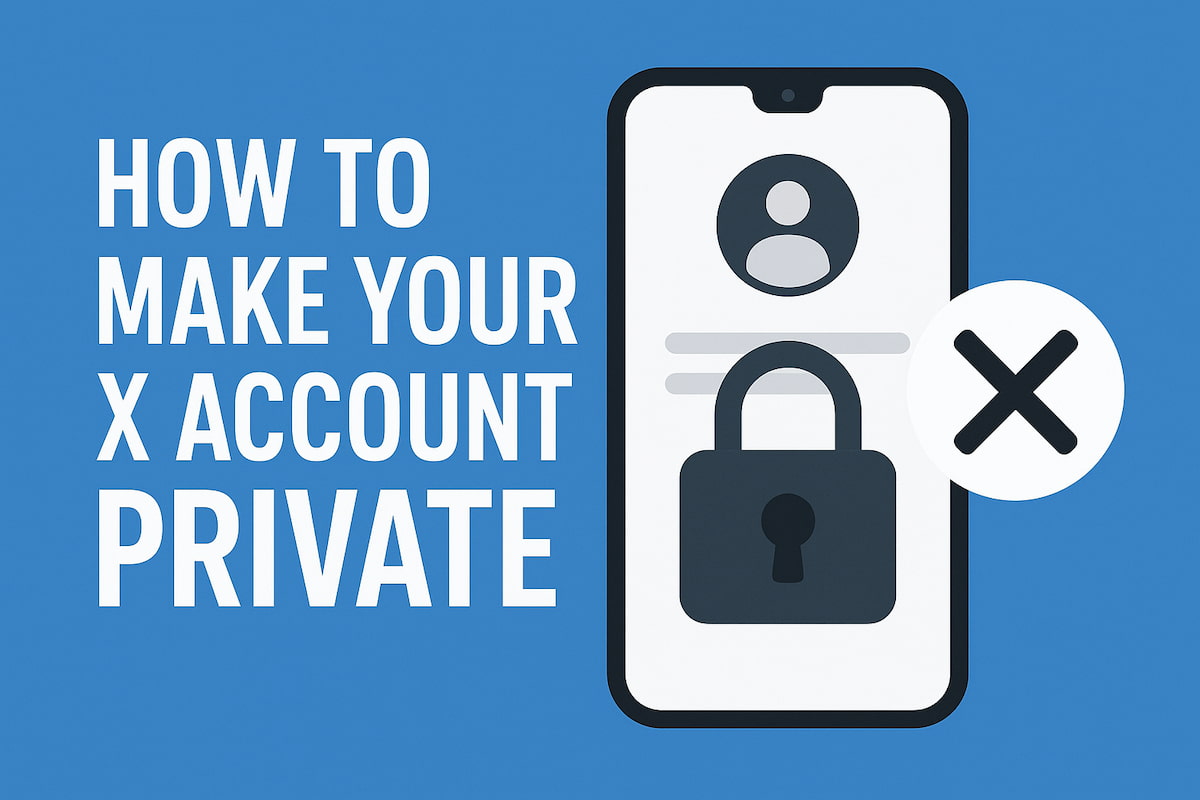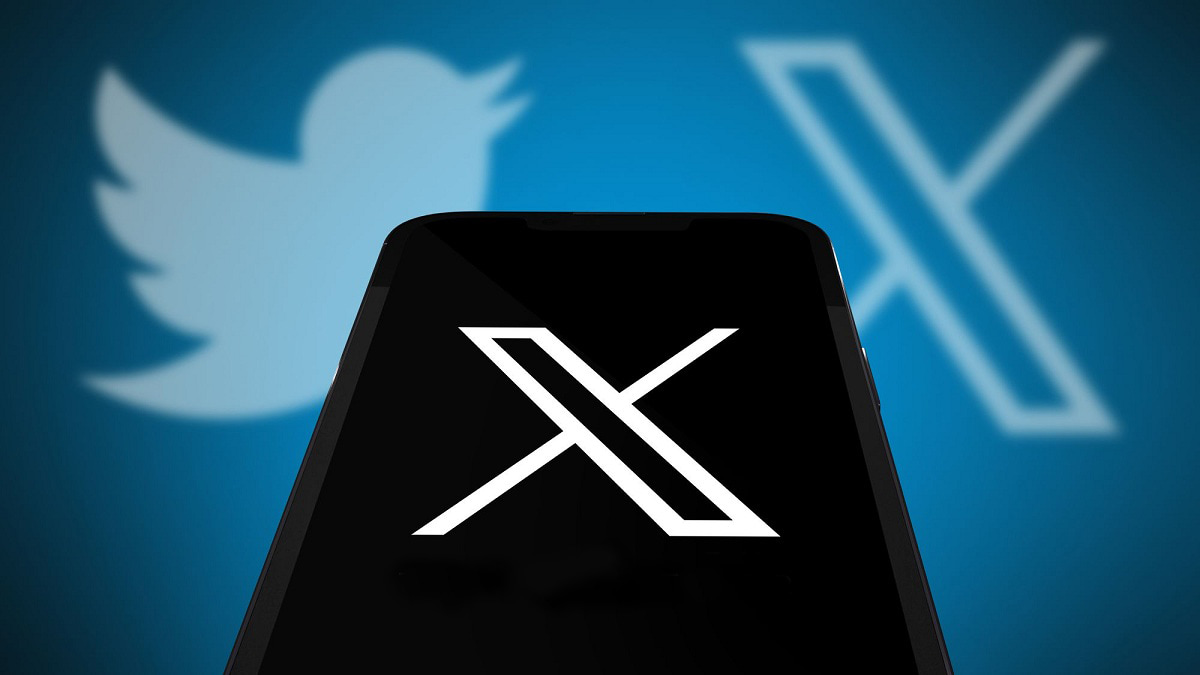Despite the rebranding from Twitter to X, the platform’s core features remain unchanged. Now is a great time to strengthen your online presence, as X emphasizes creative content and offers various new opportunities. Conducting thorough research is essential, and we’ve put together resources to help guide you through the process.
X remains one of the most widely used and influential social media platforms, with over 330 million active users monthly and 500 million tweets posted daily. Whether you use it for personal or professional reasons, writing tweets that capture attention and drive interaction is crucial.
But how do you create X-tweets that stand out in a crowded space? How can you craft tweets that connect with your audience, grow your follower base, and increase your overall influence?
In this post, we’ll share practical strategies and techniques to help you write engaging tweets effectively. Whether you’re an experienced Twitter user or just starting out, this guide offers actionable insights to improve your tweet-writing skills and make a lasting impact on your audience.
What Makes a Tweet Engaging and Why It Matters
Before getting into the specifics of writing engaging tweets, it’s important to understand what makes a tweet truly engaging and why that matters. According to X, an engaging tweet is one that “drives conversation, sparks interest, or elicits a response.” Engagement can be measured by the number of likes, retweets, replies, clicks, and impressions a tweet generates.
Creating engaging tweets is valuable for both personal and business use. For individuals, engaging tweets help you express your thoughts, showcase creativity, connect with like-minded people, and enhance your online presence. For businesses, engaging tweets promote your brand, generate leads, boost sales, increase customer loyalty, and help position your business as an industry leader.
If you generate tweets text content using AI, tools like an AI humanizer or paragraph rewriter can also assist in refining your messaging to keep your tweets sharp, clear, and engaging.
The effectiveness of engagement extends beyond immediate metrics, as X’s algorithm prioritizes content that generates meaningful interactions, meaning engaging tweets are more likely to appear in users’ feeds and reach a broader audience organically.
Consistency in creating engaging content builds momentum over time, with each successful tweet contributing to your overall account authority and increasing the likelihood that future posts will be seen by your target audience.
AI-generated content can make it much easier to stay consistent, but running drafts through an AI writing detector before posting helps you catch phrasing that feels too machine-like and refine it so your tweets still sound natural and on-brand.
For businesses focusing on Twitter B2B marketing, engaging tweets can be a powerful tool to increase visibility and drive potential client interactions. By focusing on targeted and effective content, businesses can use Twitter to expand their audience, generate leads, and build strong relationships with customers.
Top 17 Tips for Writing Engaging Tweets
Twitter is among the top social media platforms, with millions of users sharing their thoughts, opinions, and experiences every day. This makes it a powerful tool for social media marketing.
Especially for a skilled discussion writer looking to spark meaningful engagement. Brands can tap into trending topics to join relevant conversations and increase visibility. For a skilled discussion writer, crafting thoughtful responses or initiating threads around current events can boost follower engagement and credibility.
Leveraging hashtags strategically also enhances content discoverability within niche communities. Additionally, analyzing audience responses helps refine future content strategies for better resonance.
Before you hit the tweet button, it’s important to make sure your content is both engaging and valuable to your audience. These tips will help you create tweets that make a strong impression.
Learn from Top Twitter Influencers
For inspiration on crafting engaging tweets, analyzing the profiles of influential figures on X can be highly beneficial. Many users have garnered millions of followers, and by observing their tweets and interactions, you can understand how they create content that draws attention. Consistently reviewing their activity helps reveal techniques that lead to high engagement. Additionally, managing your own follower list by choosing to unfollow inactive accounts can improve engagement and maintain a more active audience.
Understand Your Audience
A key factor in driving tweet engagement is understanding who your audience is. This group includes those who follow you and are interested in your content. Crafting engaging tweets requires knowledge of their preferences, communication style, and interests.
To gain a deeper understanding of your audience, you can perform audience research and use analytics tools. Audience research involves collecting data on demographics, interests, challenges, and goals. Methods like surveys, social listening, and competitor analysis are useful here.
Twilert can significantly enhance your audience research by offering real-time monitoring and advanced search tools. With its ability to track specific users, keywords, and locations, Twilert helps you focus on relevant conversations.
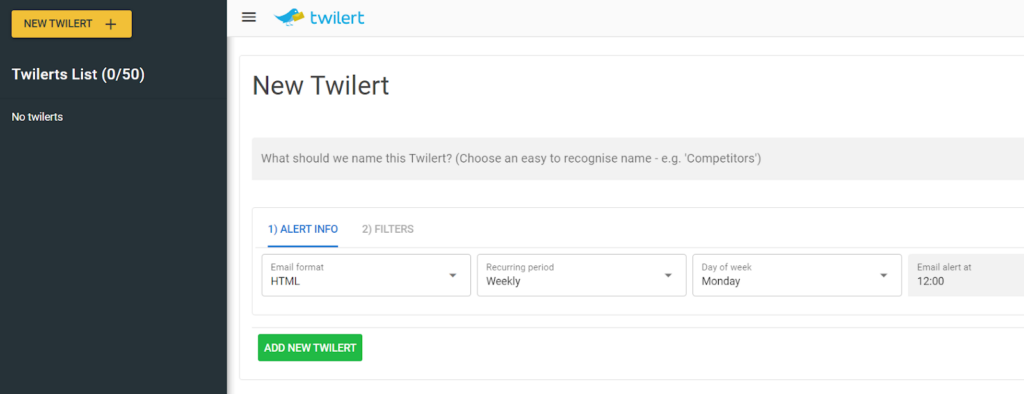
The tool’s search history and email digests help you monitor important tweets, making it easier to analyze your audience’s behavior and preferences. Whether you’re looking to join trending conversations or understand what topics are most popular with your followers, Twilert provides valuable insights to improve your content strategy.
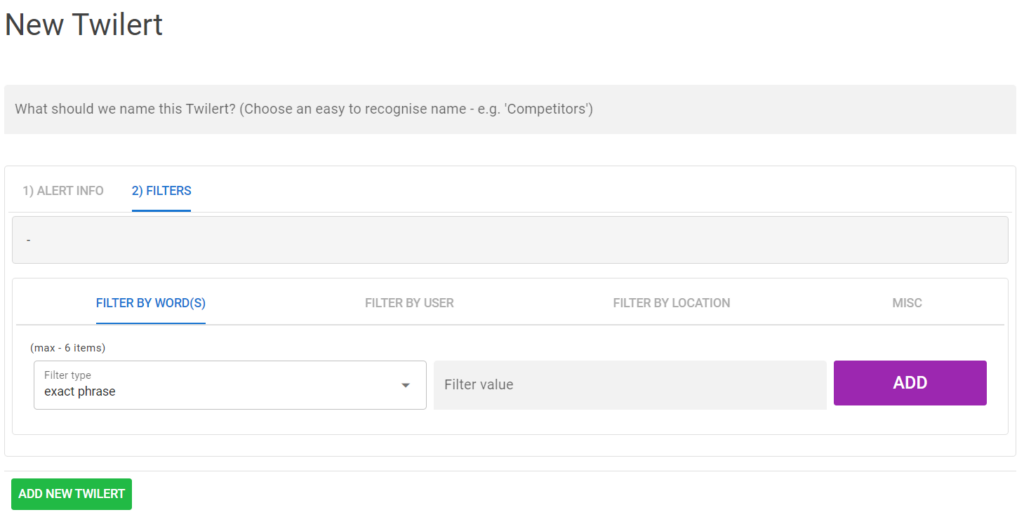
By knowing your audience well, you can deliver content that is both relevant and personalized, increasing engagement.
Engage Your Target Audience
Personalization and direct communication are effective strategies for capturing audience attention. Addressing your audience directly in tweets can make your message feel more targeted and relatable.
Examples of attention-grabbing tweet starters include:
- “Entrepreneurs, take note! Learn from these common mistakes: [link]”;
- “Marketers, are you using these strategies to boost conversions? [link]”;
- “Photographers, this article is a must-read! [link]”.

In the tweet from Teófilo Correa II, the message is personalized and directly addresses individuals involved in higher education. It captures attention by emphasizing the relevance of the article for those passionate about shaping the future of higher education, making the message feel targeted and engaging for the intended audience. The tweet is supported by an engaging image and a clear call-to-action, encouraging users to read the article.
Using direct, personalized hooks like these can significantly enhance tweet engagement.
Keep Your Tweets Brief
While Twitter is known for its character limit, it’s best to make your tweets even shorter. Many marketers fall into the trap of trying to use all 280 characters, often resorting to abbreviations and acronyms when space runs out.
Avoid this approach. Abbreviations can appear unprofessional and are harder to read, leading users to skip over them. Instead, focus on keeping your tweets concise and easy to digest, especially for users scrolling on mobile devices.
Shorter tweets help you:
- Stand out in a sea of lengthy posts;
- Create curiosity;
- Keep people engaged and encourage retweets;
- Generate more link clicks;
- Spark conversations and responses.
Not all tweets need to be brief, but this tactic can help highlight key points, links, or headlines. A shorter tweet can grab attention in a crowded feed, driving curiosity and engagement.
Examples:
- Unlock creativity with [method/strategy]
- What’s your pick? [link]
- Breaking: [headline]. Stay informed [link]
- Highlights from [event] [link]
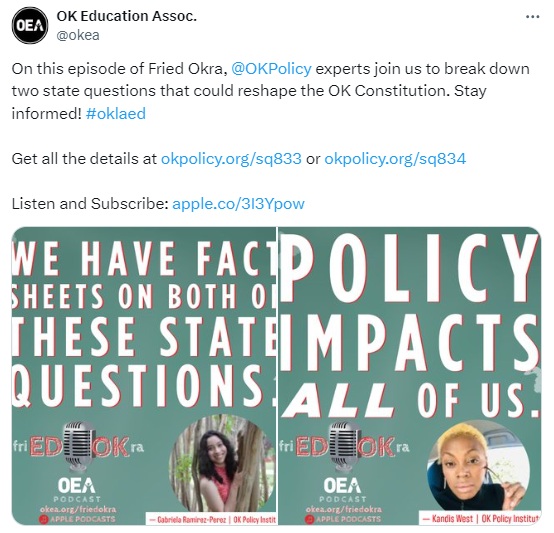
In the tweet from OK Education Association, the message is kept concise while still delivering key information about a podcast episode discussing two state questions that could reshape the Oklahoma Constitution. The tweet provides direct links for further information and includes a hashtag to increase visibility. The attached visual with bold, eye-catching text also emphasizes the main points, helping the tweet stand out in a busy feed.
The production quality and strategic promotion demonstrated in this tweet reflects the kind of professional execution that comes from working with an experienced podcast production agency, as the visual branding, concise messaging, and strategic hashtag usage all indicate a coordinated content strategy rather than amateur effort.
Organizations serious about podcasting impact have discovered that partnering with a podcast production agency transforms their content from sporadic episodes that get lost in the noise into a consistently branded, professionally edited, and strategically distributed media property that actually reaches and engages target audiences.
Make Your Own Tweets Into News Format
Social media users frequently rely on platforms like X for the latest news, so tweets that seem timely and relevant tend to attract more attention. To boost engagement, craft your tweets as though you’re revealing something your audience has been eagerly anticipating.
A good method for this is:
Incorporate attention-grabbing phrases that mimic breaking news (such as “Finally!” “Big Announcement,” “At Last!” “Exciting News,” etc.) and use adjectives that highlight uniqueness and enthusiasm (like “groundbreaking,” “innovative,” “unprecedented,” etc.).
Here are a few examples:
- “MS-DOS source code is now free to download [link]”
- “It’s happening! A groundbreaking formula for sales copywriting discovered: [link]”
- “Great news! ABC reveals its success strategy [link]”

In the tweet from Rylan, the phrase “It’s happening…” grabs attention by creating excitement and anticipation. The post teases an upcoming event on BBC Radio 2 with the hashtag #KyRyoke, emphasizing the exclusivity and excitement around the broadcast. The image further enhances the intrigue, ensuring the tweet stands out in a crowded feed.
Note: Avoid misleading or exaggerated claims just to boost clicks. Be genuine in your messaging—if there’s nothing truly “revolutionary” about the content, opt for a different approach. Accurate representation builds trust and long-term engagement.
Use Words That Express Surprise and Excitement
Phrases like “Wow,” “Amazing,” and “Unbelievable!” can grab significant attention on Twitter. The key is choosing expressions that fit your brand’s tone and connect with your target audience.
Here are a few examples:
- “OMG! This tactic is a game-changer! [link]”
- “Unbelievable! Google introduced ranking without links [link]”
- “Wow! ChatGPT just got a lot smarter with this new update [link]”

In the tweet from Poonam Soni, the phrase “I’m shocked” captures attention and expresses surprise. By highlighting the issue of people using pointless apps on their smartphones, she engages her audience and prepares them for useful information about lesser-known apps. The combination of a strong opening and an eye-catching visual prompts users to learn more, increasing overall engagement.
This style works particularly well for a younger audience, but it may not be as effective for professionals in industries like finance or business. Always make sure that this approach fits your brand and audience before using it.
Engage with Thought-Provoking Questions
Posing thought-provoking questions that require more than just a “yes” or “no” is an effective strategy for boosting engagement. These questions tap into users’ social instincts, appealing to their need for validation, status, and self-worth.
Curiosity often drives people to click and find out if their opinions align with the answers, while the fear of missing out (FOMO) motivates them to dig deeper.
Here are some examples for inspiration:
- “How would you rate your happiness right now? [link]”
- “How long does it take a marketer to change a light bulb? [link]”
- “Do you make these common mistakes when speaking English? [link]”
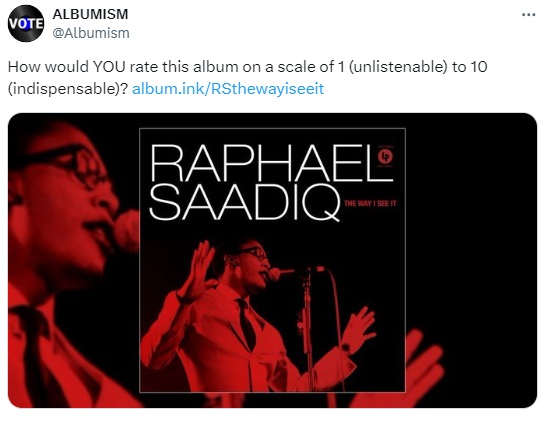
In the tweet from Albumism, the question, “How would YOU rate this album on a scale of 1 (unlistenable) to 10 (indispensable)?” effectively engages followers by inviting them to share their opinions. This approach encourages interaction and taps into users’ desire to express their thoughts on music. The inclusion of a link to rate the album enhances engagement further, as followers are motivated to participate in the discussion.
This approach draws readers in by involving them directly. Research shows that emotional connections, rather than raw data or facts, play a significant role in how people perceive and remember brands.
Use of Words That Inspire Curiosity
Incorporating curiosity-inducing words like “why,” “this,” “must,” “how,” and “these” into your tweets is a great way to capture attention and encourage clicks. These words create a sense of intrigue, making users want to learn more by clicking through.
Here are some examples that effectively build curiosity:
- “Why being too nice to your boss could hurt your career – [link]”
- “This new strategy is transforming businesses worldwide – [link]”
- “You must try this productivity hack – [link]”

In the tweet from CookWithParul, the phrase “YOU MUST TRY THIS OUT!” grabs attention and creates curiosity. Highlighting that the recipe uses “ONLY 2 INGREDIENTS” encourages the audience to click the link for the full recipe. This strategy effectively boosts engagement by enticing users to learn how a simple recipe can be so tasty.
As always, ensuring that your content is relevant and aligned with your audience’s interests is essential for maximizing engagement. The right words can draw attention, but keeping your message meaningful is what drives lasting interaction.
Share Valuable Insights
Many people browse the internet to learn something new and valuable that can help them improve personally or professionally. Whether it’s enhancing their skills or satisfying their curiosity, users are eager for content that educates and informs.
Use Twitter to meet this demand by sharing helpful, informative content. To make it even more engaging, highlight how quickly or easily users can apply the knowledge you’re offering.
Share content that includes tips, strategies, tactics, and guides, and use words like “easy,” “simple,” “fast,” and “beginner” in your titles.
Examples of informative tweets:
- “How to become a copywriter in 10 days or less — [link]”
- “10 simple steps to a healthier lifestyle — [link]”
- “The beginner’s guide to social media writing — [link]”

In the tweet from Pump It Up Magazine, the phrase “These practical wellness tips will keep you motivated and consistent!” conveys valuable insights that cater to users interested in improving their health. By sharing “10 Simple Wellness Tips to Transform Your Health Quickly!” the tweet promises actionable advice that is both simple and beneficial. This approach effectively engages users looking for practical solutions and encourages them to click the link for more information.
Since informative content tends to remain relevant over time, you can plan and schedule these posts well in advance.
Drive Action with Urgency
As a marketer, you’re likely familiar with the power of urgency in motivating users to take action. Creating a sense of urgency taps into the fear of missing out (FOMO), encouraging people to click, share, or make a purchase.
Why not apply this proven tactic to your Twitter strategy?
Use phrases like “today,” “last chance,” “only,” “limited,” “now,” and “urgent” to prompt immediate action from your audience.
Examples:
- “Last chance! Get this awesome iPad today – [link]”
- “Hurry! Only 10 spots left for the Internet Marketing Seminar – [link]”
- “Urgent! Read this now if you struggle with headaches – [link]”

In the tweet from NVIDIA ANZ, the phrase “last chance to WIN 1 of 3 PCs!” creates a sense of urgency. By asking users to like and comment with #GeForceDay, it encourages immediate action and engagement. This tactic effectively taps into FOMO, motivating users to participate before the opportunity ends. The clear call to action and celebratory tone promote interaction with the content.
Incorporate Recommendations
When many people vouch for a product’s quality, it builds credibility. If a trusted expert recommends a service, people are even more likely to pay attention. Reviews, recommendations, and social proof are incredibly persuasive, so use them wisely in your tweets.
Examples:
- “We’ve already reached 10,000 subscribers. Join us! [link]”
- “5,000 people have tried this weight loss method with great results! [link]”
- “All of Chicago is using this program. Don’t miss out! [link]”

In the tweet from Themeisle, the announcement of reaching “40,000 amazing subscribers” serves as an endorsement of their YouTube content. By thanking their subscribers, they emphasize social proof, which can motivate others to join. The clear call to action for new subscribers encourages engagement and interest in their WordPress tutorials.
Use Cautionary Messaging
Warnings might seem alarming and could potentially deter users. However, they also offer essential information, which is why users often engage with them. It’s always better to prevent problems than to fix them later.
Here are some examples of effective warnings used on X:
- Watch out! Landing pages can backfire – [link]
- MUST-READ: Avoid these embarrassing business mistakes – [link]
- Caution: Google might be affecting your content and traffic – [link]
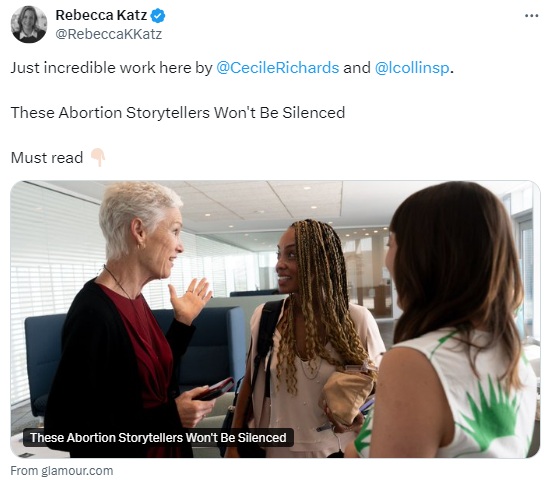
In the tweet from Rebecca Katz, the phrase “Must read” emphasizes the importance of the content being shared. By highlighting the work of @CecileRichards and @lcollinsp, it draws attention to significant issues surrounding abortion storytelling. This approach not only informs but also engages users by encouraging them to pay attention to critical narratives that deserve consideration.
Use First-Person Language
While copywriting typically encourages addressing the audience directly using “you,” the use of “I” and “we” can also be impactful. These pronouns offer a personal touch and can stand out in the crowded social media landscape by showing authenticity and sincerity.
Sharing personal opinions or experiences can humanize your brand, making it more relatable.
Here are some examples of first-person tweets:
- I just found the secret to writing compelling sales copy: [link]
- This was the most divisive article we came across this year – [link]
- Case study: How we gained 10,000 Facebook followers in one month – [link]

In the tweet from Alpha Batcher, the use of “I’ve been copy-trading insiders” establishes a personal connection with the audience. By sharing their experience of turning $300 into $24,000, the author adds credibility and invites readers to learn more about their strategies. This first-person approach makes the content feel more relatable and engaging, encouraging users to explore the secrets being offered.
Create Compelling Content
A crucial factor in boosting tweet engagement is crafting content that captures attention. This includes the text, images, videos, links, and other media you use in your tweets. To make your content engaging, it’s essential to keep your tweets concise and impactful.
With Twitter’s 280-character limit, brevity is key. Ensure your message is clear and to the point by using simple language, avoiding unnecessary words or jargon, and incorporating abbreviations or acronyms when appropriate.
To enhance engagement, consider adding elements that make your tweets more eye-catching and intriguing. These elements include:
- Visuals: Images or videos accompanying your text can draw attention, evoke emotions, and provide additional context. Tweets with visuals receive 150% more retweets than those without;
- Headlines: The opening words of your tweet should summarize your key point or capture interest. Effective headlines can create curiosity, offer a promise, or pose a question. Headlines with 8 words tend to receive 21% more clicks than those with slightly fewer or more;
- Storytelling: Using narrative techniques helps create an emotional connection with your audience. Whether you share personal experiences, insights, or inspiration, storytelling can make your message more relatable and impactful. Stories are far more memorable than standalone facts.
Use Hashtags Effectively
Hashtags are words or phrases with a hash sign (#) that categorize tweets by topic or theme. They can help increase tweet visibility, reach, and engagement. Using hashtags allows you to participate in conversations, tap into trends, or build a community.
To use hashtags effectively, it’s important to apply some strategy. Here are a few tips for optimizing hashtags:
- Use hashtags that align with your content, target audience, and industry;
- Consider using trending or popular hashtags to tap into current conversations and increase visibility.
Use Effective Call-to-Actions
Call-to-actions (CTAs) are phrases that prompt your audience to take a specific action in response to your tweet. CTAs can help boost engagement, conversions, and the overall impact of your content. Whether you’re encouraging likes, retweets, replies, clicks, sign-ups, or purchases, CTAs guide your audience toward the next step.
Use CTAs that clearly convey the action you want your audience to take. Simple, straightforward language works best—avoid ambiguity and focus on urgency or emotion. Words like “free,” “instantly,” and “new” can help capture attention.
To make your CTAs even more engaging, consider adding visuals such as images, GIFs, or videos. Interactive features like polls, buttons, or stickers can also enhance the interactivity of your tweets and encourage participation.
Use Correct Spellings and Punctuation
Many people believe users overlook grammar when receiving a strong message, but that’s not the case. X users often notice grammatical errors and improper punctuation, which can frustrate them. Even a well-crafted message can lose its impact and turn into a meme if it’s filled with mistakes.
To maintain professionalism and clarity, always use correct spelling and punctuation in your tweets. Twitter highlights misspelled words, making them easy to fix with a simple click. If you’re unsure about grammar, tools like Grammarly can help identify and correct errors.
Final Thoughts
Writing engaging tweets requires knowing your audience, paying attention to detail, and using strategies such as visuals, hashtags, and CTAs. Applying these methods helps create tweets that get noticed, increase engagement, and grow your online presence. Whether for personal or business use, following these straightforward steps can improve your effectiveness on the platform.
If you’re looking for a tool to help you write, consider checking out Spell AI, an AI writing tool that can help you write engaging tweets.

